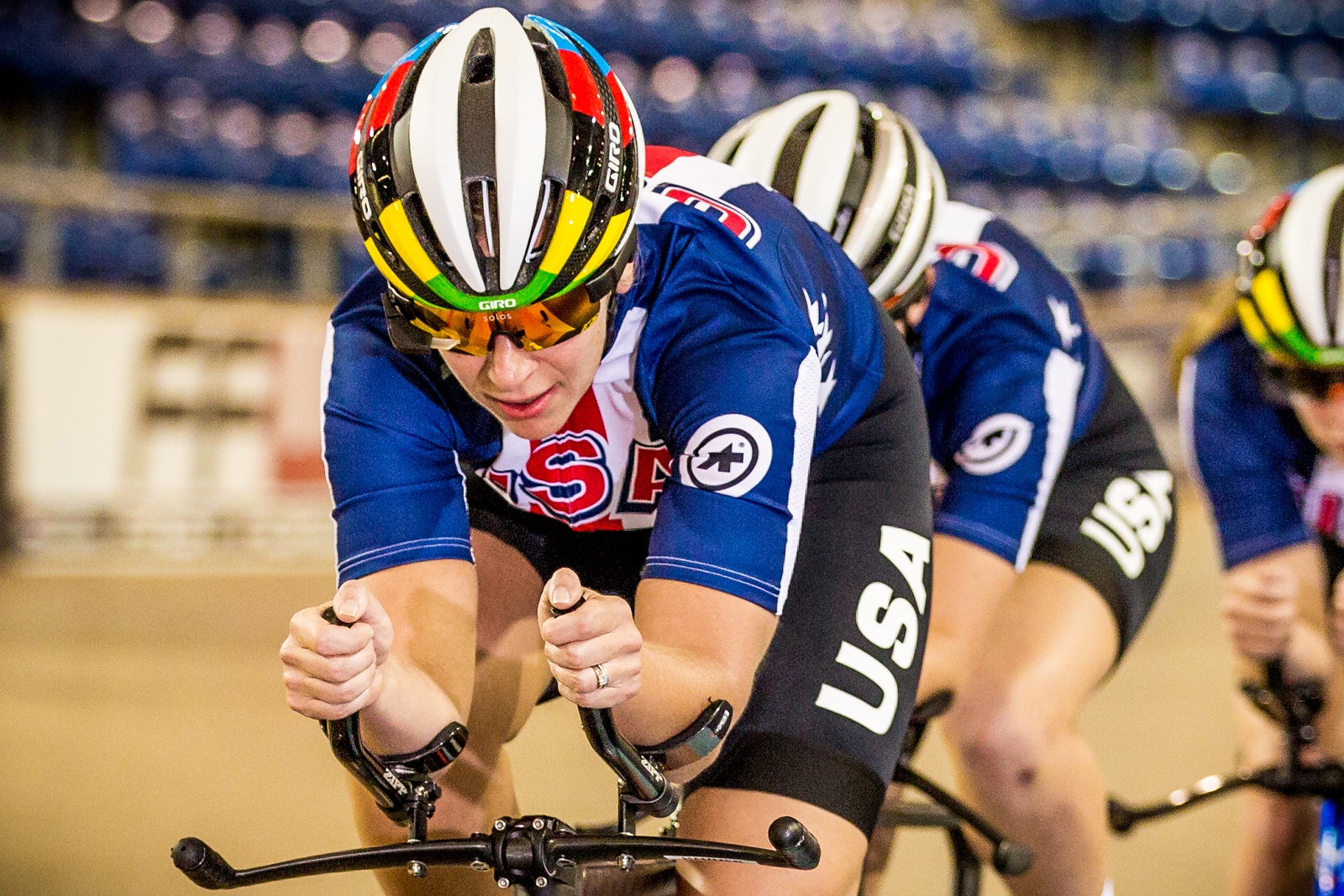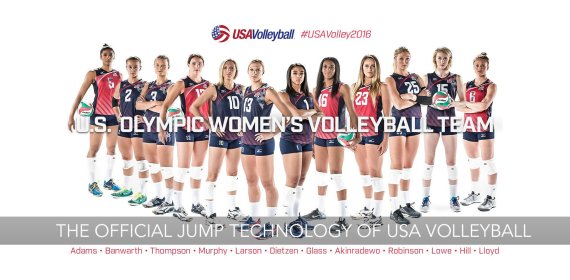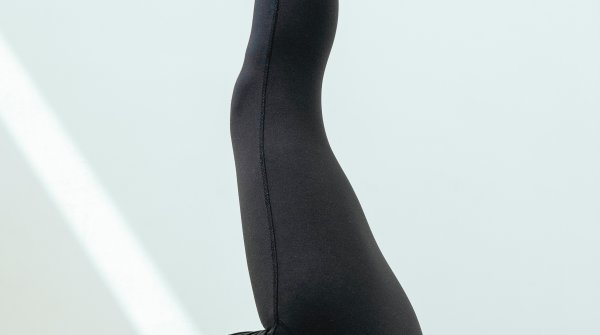
A Payment Ring for Less Hassle
VISA payment rings have been inspired by discussions with Olympians. It is really annoying to use wallets or cards when they’re constantly changing in and out of uniform. Therefore, those Olympians need something small they can wear 24/7 that is not necessarily part of their clothing. Taking advantage of Rio 2016, VISA introduces a new ring that will let athletes pay with a wave of their hand. The payment ring can be deactivated from a smartphone in case a user loses their ring. The ring is sleek, discreet and water resistant. Moreover, it doesn’t require charging. The design is quite simple as the interior contains a secure microchip from Gemalto and an embedded Antenna. The exterior is a black or white ceramic loop. There is no custom-fit, however, VISA offers 20 sizes. Thus, most athletes will definitely find a good match.
The Solos team has worked with Olympic cyclists ahead of Rio 2016. Solos by Kopin is an ultra-lightweight performance smart eyewear streamlined for aerodynamics, style and comfort. The Solos smart eyewear integrates a heads-up display and audio. It also allows cyclists to easily access real-time performance data from their smartphone or wearable sensors on the high-resolution heads-up display. Solos empowers cyclists with the critical performance data they need to train with precision and achieve peak performance without breaking stride.
Smart Shirt for Performance Monitoring
Hexoskin smart shirt is another wearable being used by athletes participating in this year’s Olympics. Hexoskin can measure heart rate, breathing, pace and sleeping habits. It is one of the few on the market that measures electrical activity of the heart using an electrocardiogram. The information gathered by the Hexoskin smart shirt can be immediately synced to a phone or tablet via Bluetooth. It also allows athletes to compare with past performance data. Also, the smart shirt streamlines the process of data analytics for coaches, by highlighting important data and suggesting areas of improvement in real-time.
VERT’s jump monitor comes into the Rio Olympics with the U.S women’s volleyball team. While training for the Olympics, the squad used the VERT jump monitor, which fits around players’ waists and calculated their jump heights and counts. It then sends real-time data to an accompanying app. Moreover, the team has also been using it as an injury-prevention tool. VERT allows the team to track how many times a certain position is jumping and very quickly, they can change their practices based on this data. It also helps girls in the team who have knee injuries and back problems.

In-Shoe Monitoring
Kinematix revealed to us that they are on their way to Rio 2016 with US Olympic athlete Greg Billington and Portuguese Olympic athlete Vanessa Fernandes. The Kinematix TUNE is an in-shoe monitoring system for both feet. TUNE allows athletes to control relevant parameters regarding distance, time, speed changes and altitude for better running. It provides athletes with valuable insights into their running performance and technique. Moreover, TUNE provides a personalized exercise routine based on the analysed data to enhance coaches ‘work.
In events where one thousandth of a second can impact the colour of a medal, Olympians have started using data collected by wearables to speed up against their competition. Besides, with this new gear, Olympic coaches and trainers are able to track athletes’ performance in real-time to visualize where they can improve. The Rio Games seems promising to be much more interesting when Olympians reach the peak of their potential with wearable weapons
Christian Stammel is CEO at WT | Wearable Technologies, a leading innovation and business development platform for wearables, and updating ISPO.com readers about latest trends on digitalization, wearable tech and IoT in sports, fitness and well-being. More information about WT at www.wearable-technologies.comhttp://www.wearable-technologies.com



